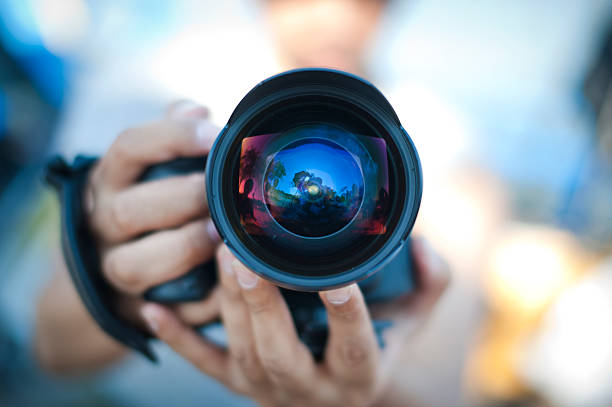
Choosing the Right Lens for Your Camera: Telephoto, Wide, Zoom, and Filters
Share
Choosing the right lens is one of the most important decisions you can make as a photographer. The lens you attach to your camera has a huge impact on how your images turn out, from how much of a scene you capture to the way light and detail are recorded. Let’s break down the most common types of lenses and when to use each.
— Telephoto Lenses
Telephoto lenses are designed to bring distant subjects closer. They are perfect for wildlife, sports, and events where you can’t physically get near the action. Their long focal lengths compress the background and foreground, creating dramatic isolation of your subject. Just keep in mind they’re heavier and often require a tripod for steady shots.
![]()
— Wide-Angle Lenses
Wide-angle lenses let you capture more of the scene in one frame. They are ideal for landscapes, architecture, and interiors. The wide field of view emphasizes foreground elements while still capturing a sweeping background, making photos feel expansive. Be cautious, though—objects near the edge of the frame can sometimes appear distorted.

— Zoom Lenses
Zoom lenses provide versatility by covering a range of focal lengths in a single lens. They are great for travel or situations where you can’t carry multiple lenses. While prime lenses (fixed focal length) may offer sharper images, modern zoom lenses are excellent for balancing quality with flexibility.

— Lens Filters
Filters are an often-overlooked tool for photographers. A polarizing filter can reduce glare and make skies look deeper, a neutral density filter can let you shoot long exposures in bright conditions, and UV filters protect your lens glass from scratches and dust. Filters don’t change focal length but can dramatically affect the look of your photos.

Conclusion
The best lens for your camera depends on the story you want to tell. If you’re shooting wildlife or sports, telephoto is a must. Landscapes shine with wide-angle. Everyday shooting often benefits from the flexibility of a zoom. And filters are simple accessories that can take your work to the next level. Understanding when and why to use each type will help you capture sharper, more compelling images every time.
